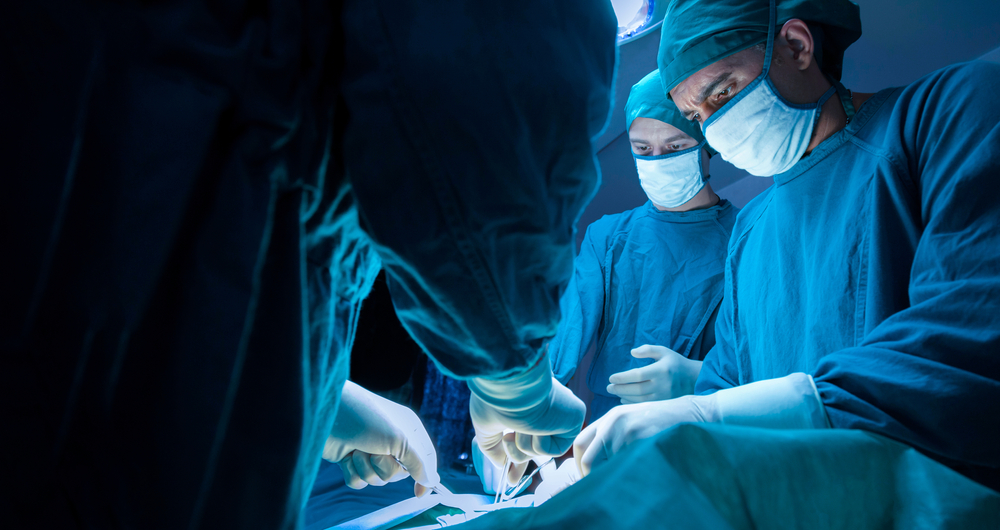An anastomosis is a surgical procedure performed to join two formerly distant structures in the human anatomy. It usually means a connection that is created between tubular structures, such as blood v.....
An anastomosis is a surgical procedure performed to join two formerly distant structures in the human anatomy. It usually means a connection that is created between tubular structures, such as blood vessels or loops of intestine. An anastomosis may be naturally occurring or it may be created during embryonic development, surgery, or trauma, or by pathological means. In anastomosis, the gap between the organs is either stitched or stapled together.
-
Steps to take before Anastomosis
Our doctors at Medanta will prepare you for the entire procedure, right from the diagnosis to the post-surgery medicines.

-
What happens during the procedure?
Anastomosis is conducted under general anaesthesia. A surgical cut is made to reach the organs to be sewn. For example, in the case of bowel surgery, a surgical incision is made around colostomy (the opening of the bowel). The colostomy is then removed, and the opening in the bowel is closed by stitch or staple.

-
After the procedure
The surgery usually requires a hospital stay of 7-10 days. An endoscope is used by the surgeon to closely monitor the surgery, and do it with better medical precision. Doctors will give antibiotics post the surgery.

The surgery has revolutionised the medical procedures and has very rare complications or risks attached to it.

The advantages of Anastomosis are:
- Establishes a connection between two parts that are otherwise branching or diverging.
- An anastomosis connecting an artery and a vein also creates an arteriovenous fistula as an access for haemodialysis.

The risks associated with Anastomosis procedure are:
- There can be chest infections in smokers who has undergone anastomosis for blood vessels.
- Under bowel repair procedure, the bowel movement might take some time to restore to complete normalcy.
- The patient may also notice discharge through the surgical wound, and a light patch around it.
- There is also a probability of wound infection.

The limitations of the procedure are:
- Reaction to a foreign body.
- Development of ulcer

